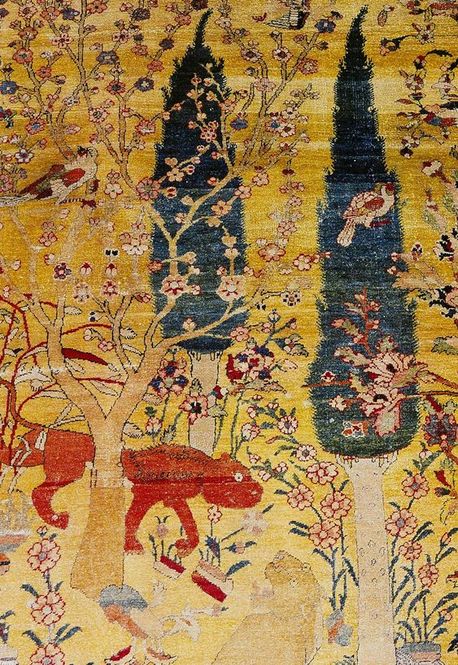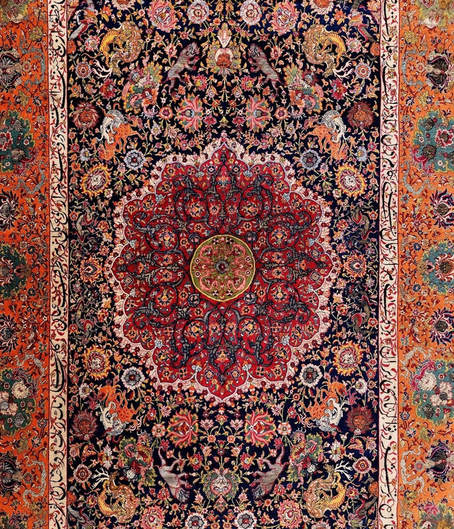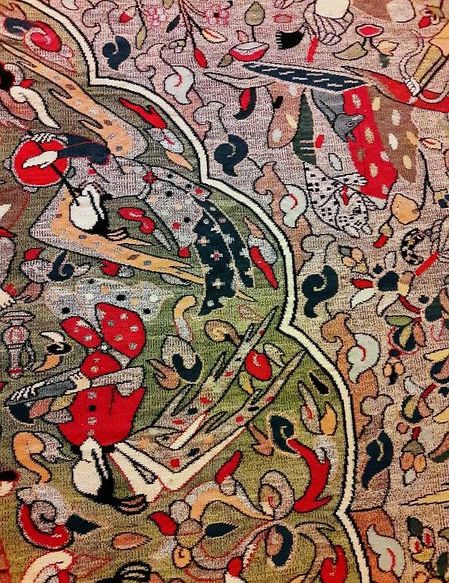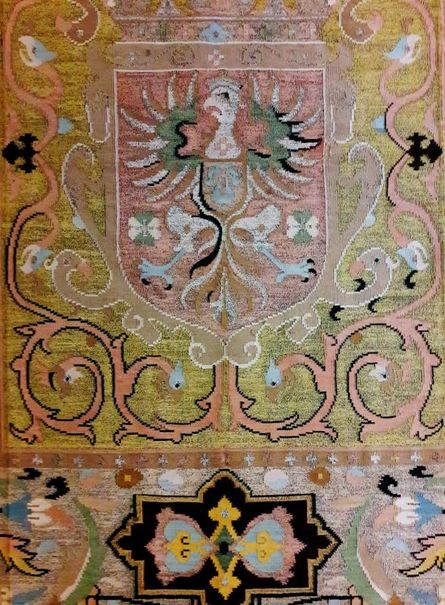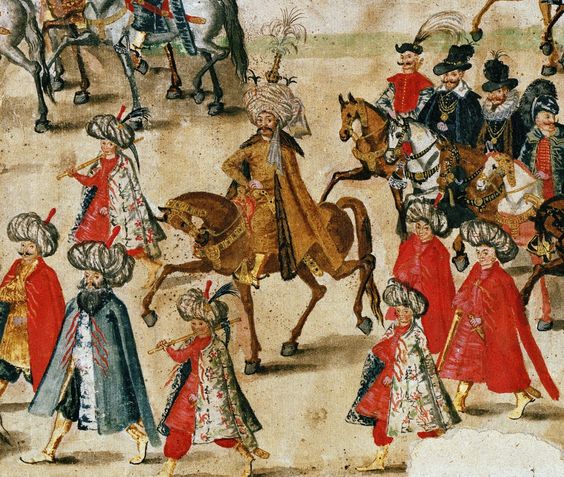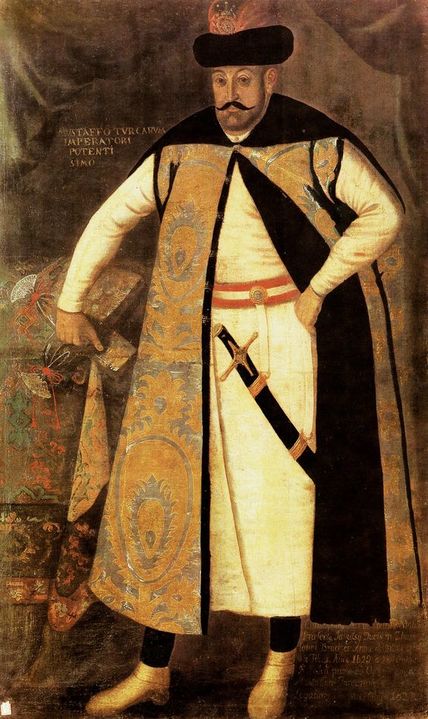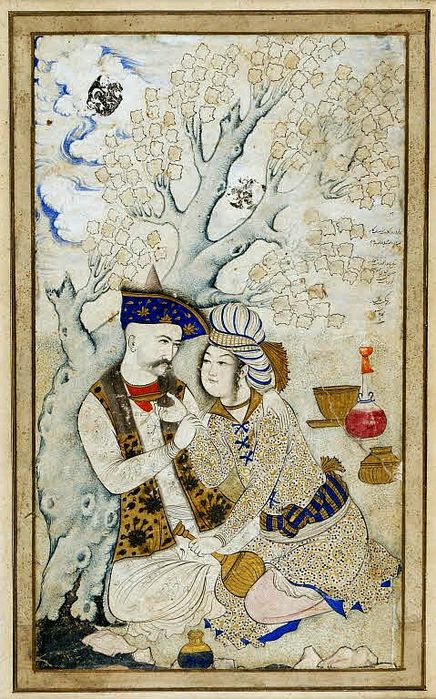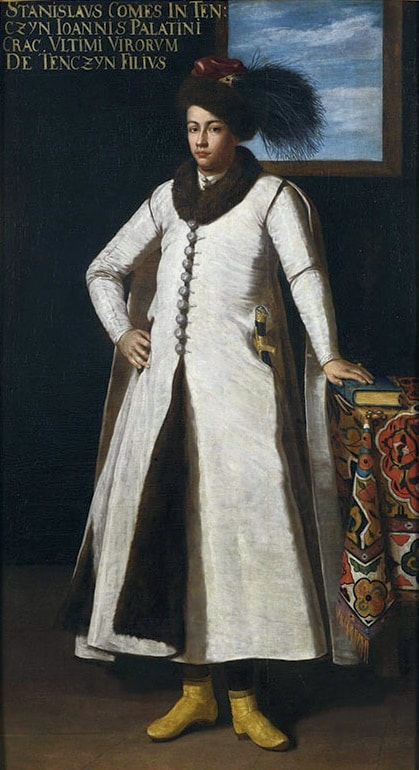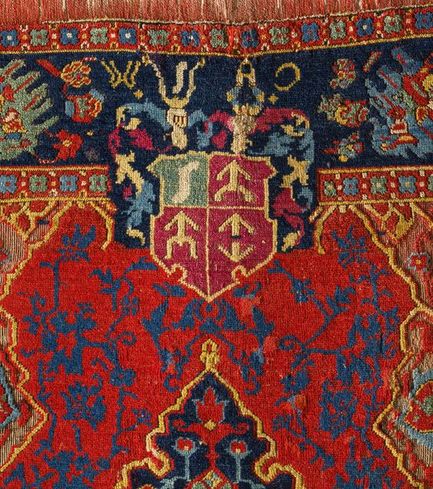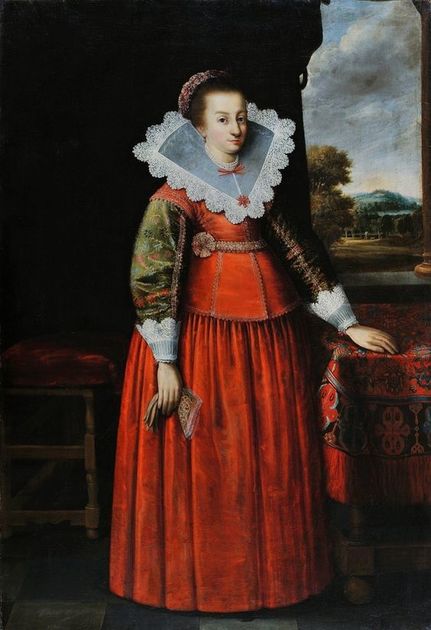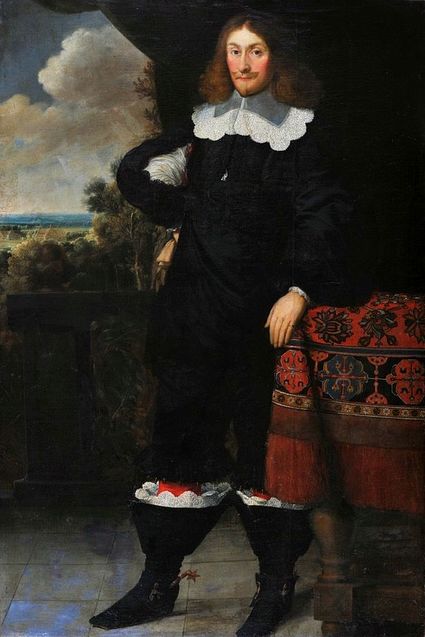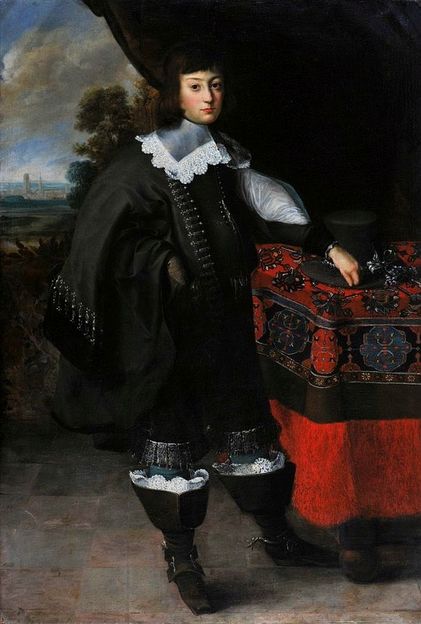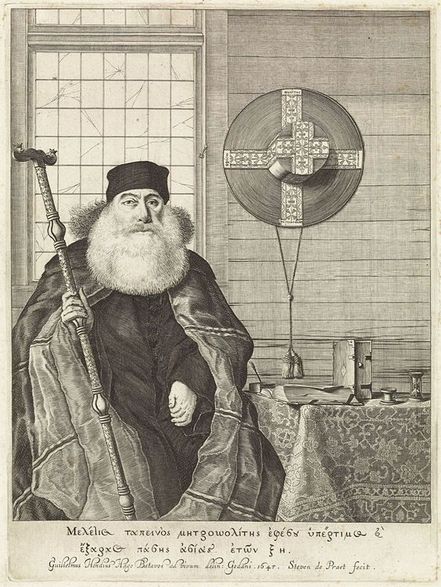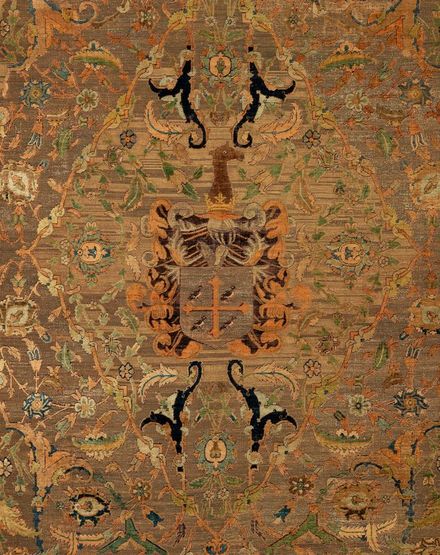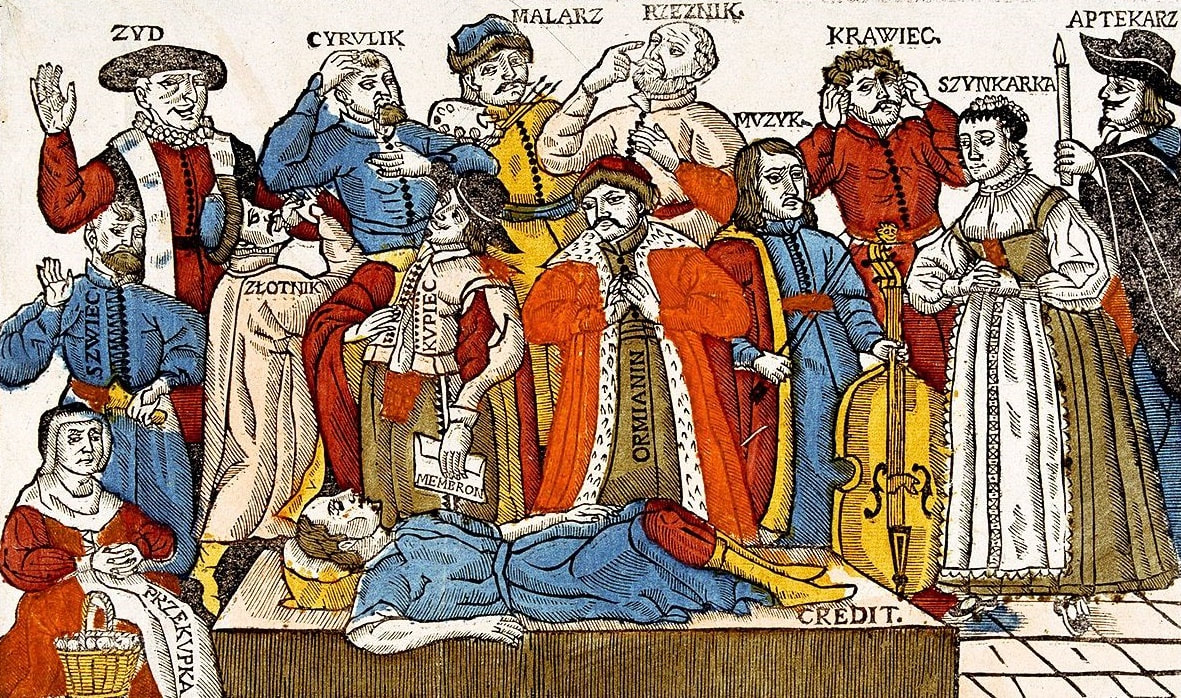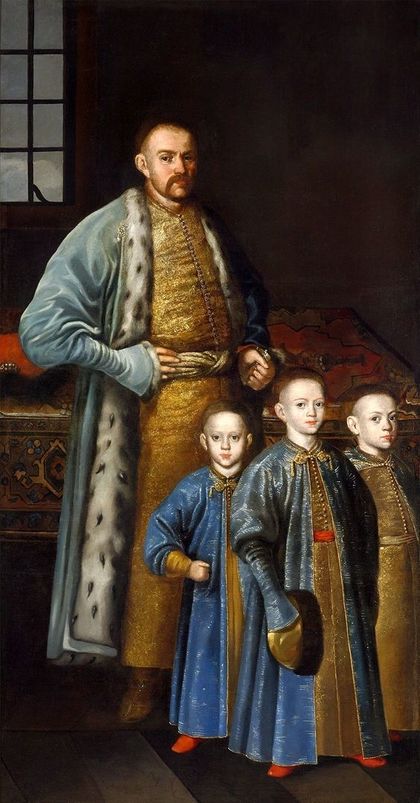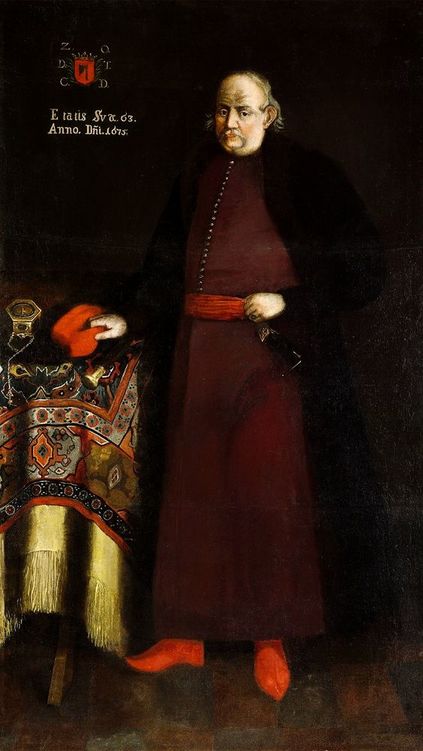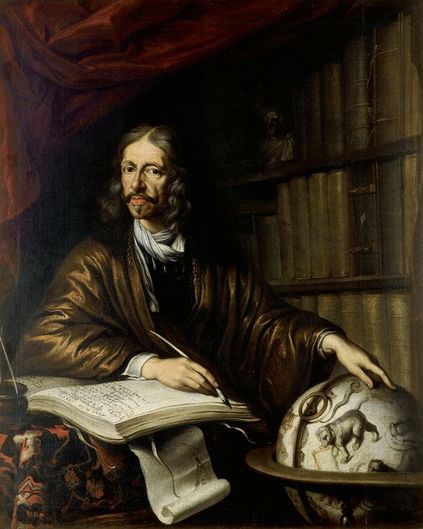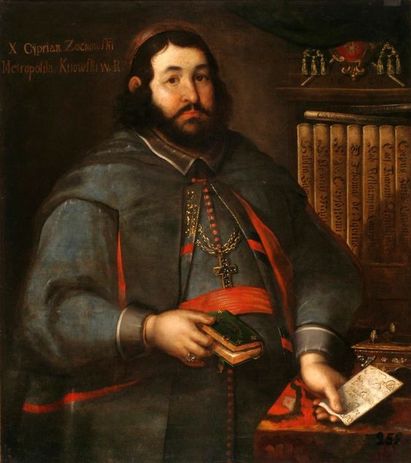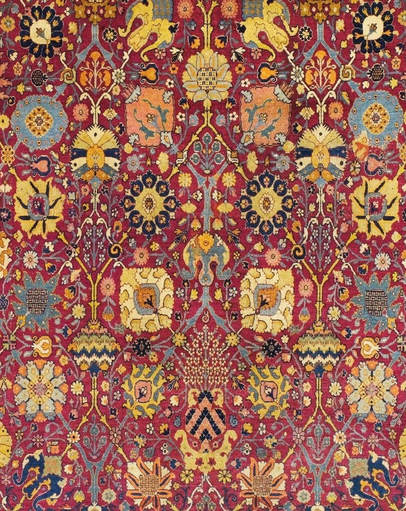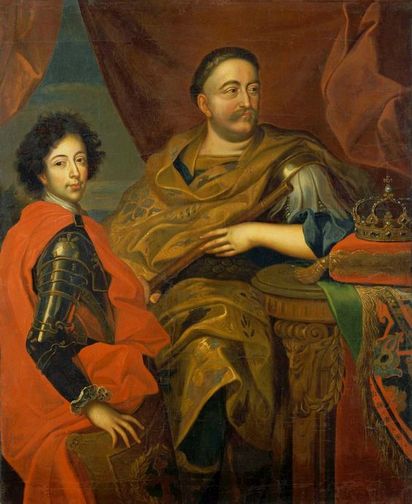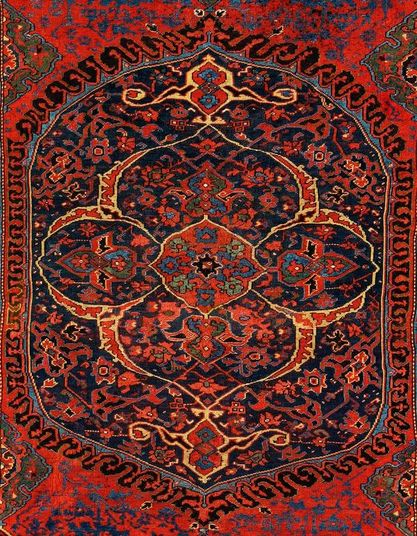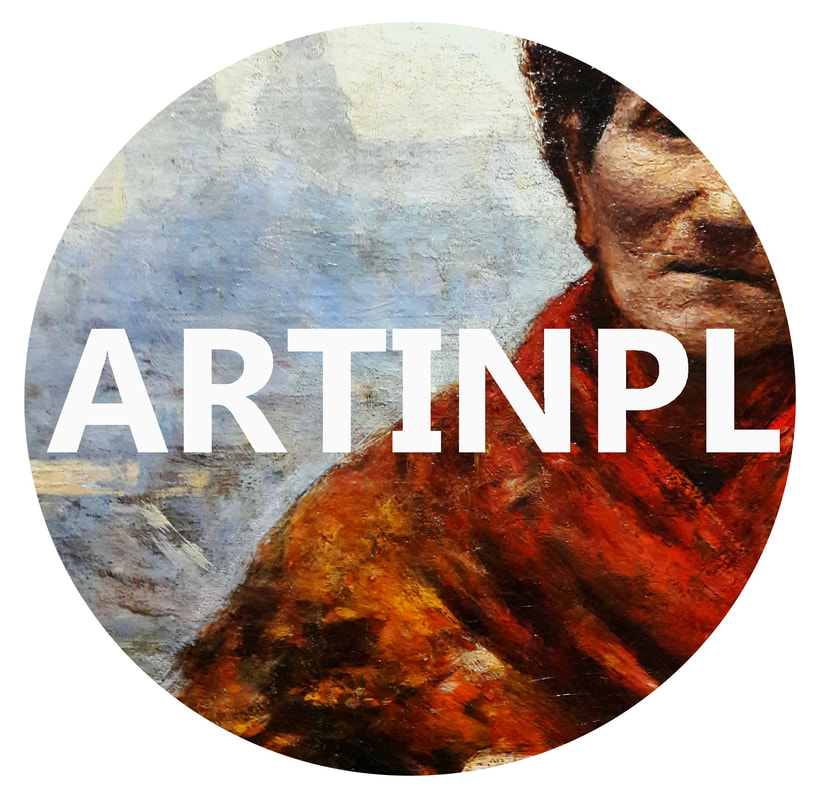|
Fashion on eastern carpets and rugs has spread with Armenian settlement on Polish soil. The partition of Armenia between the Byzantine Empire and the Seljuk Turks in 1080 resulted in the mass migration of the Armenians from their homeland, including to Ruthenia, where Lviv became their main center. In 1356, King Casimir the Great approved the religious, self-government and judicial separation of the Lviv Armenians, and in 1519 the so-called Armenian Statute, a collection of customary Armenian rights was approved by King Sigismund I (compare "Statut ormiański w zatwierdzeniu Zygmunta I. z r. 1519" by Oswald Balzer, p. 131).
In 1533 Sigismund I sent Wawrzyniec Spytek Jordan to Turkey with the order to buy 28 carpets "for guests treating", for setting tables and "for side eating" of the King himself, besides 100 pieces of eastern fabrics "for wall covering, with flowers and border in the same color, so that they would not differ" (after "Dzieje wnętrz wawelskich" by Tadeusz Mańkowski, p. 30). Twenty years later, King Sigismund Augustus ordered the same Wawrzyniec Spytek to buy for himself 132 Persian carpets, some of which were intended to decorate the royal dining room. They were to have yellow flowers and "beautiful borders", the others, with an undefined pattern, were intended for the Wawel Cathedral (after "Zarys historii włókiennictwa na ziemiach polskich ..." by Janina Kamińska, Irena Turnau, p. 208). On April 20, 1553, he received a list of "measure of carpets ... for the need of His Highness." In 1583, in Kraków, Chancellor Jan Zamoyski bought 24 small red Turkish carpets. Persian (adziamskie) carpets were supplied by the Armenian from Caffa on the Black Sea coast who settled in Zamość, Murat Jakubowicz, who on May 24, 1585 received the royal privilege on the Chancellor's initiative to sell "Turkish" rugs in Poland for the period of 20 years. The Zamoyski Inventory from 1601 mentions the "Persian red carpets from Murat" and the "silk carpet from the Turkish tchaoush Pirali" received as a diplomatic gift (after "Kultura i ideologia Jana Zamoyskiego" by Jerzy Kowalczyk, p. 88, 90). In the spring of 1601, Sigismund III Vasa, sent Sefer Muratowicz, an Armenian merchant from Warsaw who served as a royal court supplier, to Persia. "There, I ordered the carpets woven with silk and gold to be made for His Highness, and also a tent, swords from Damascus steel et caetera," wrote Muratowicz in his relation (after "Perskie tkaniny z herbem Wazów ..." by Katarzyna Połujan, p. 47). Not only an excellent warrior, but also a talented organizer, Shah Abbas I of Persia raised the weaving industry to the highest degree. Luxury carpets become a frequent diplomatic gift, and the Shah sent legations to the Polish-Lithuanian Commonwealth in 1605, 1612, 1622 and 1627. In 1603 the Lviv Archbishop, Jan Zamoyski, brought twenty large carpets with Jelita coat of arms from Istanbul for the decoration of the Latin Cathedral in Lviv. In 1612, the young master Pupart donated "a Persian rug, instead of gunblades and gunpowder" to the guild of goldsmiths in Kraków and Bartosz Makuchowicz offered "white Turkish carpet". In the course of three years, between 1612 to 1614, 16 further rugs were given to the guild (after "Cech złotniczy w Krakowie ..." by Leonard Lepszy, p. 37). The register of movables of Maria Amalia Mohylanka, daughter of Ieremia Movila, Prince of Moldavia and wife of the governor of Bratslav, Stefan Potocki, from 1612 mentions 160 silk Persian carpets "of the most diverse and of the richest eastern work". In the inventory of the Dubno Castle of Prince Janusz Ostrogski from 1616, there are about 150 Persian carpets woven with silk and gold, and the inventory of Madaliński family from Nyzhniv from 1625 mentions "Item carpets: one big and two smaller, three small, two ordinary Turkish, wall hanging varicoloured kilim, red kilim ... " (after "Orient w polskiej kulturze artystycznej" by Tadeusz Mańkowski, p. 7, 152-153). White and red carpets from Persia were particularly popular. Two Persian red carpets were estimated at 20 zlotys in 1641. Before 1682, the priest from Kodeń, Mikołaj Siestrzewitowski, paid 60 zlotys for two cherry carpets (after "Majątek osobisty duchowieństwa katolickiego ..." by Dariusz Główka, p. 118). According to the order received from the court of King Ladislaus IV in Warsaw, merchant Milkon Hadziejewicz in a letter written in Lviv on October 1, 1641 to Aslangul Haragazovitch, "Armenian and merchant from the city of Anguriey" (Ankara in Turkey) commissioned him to acquire for "Her Highness the Queen", Cecilia Renata, "one rug of eighteen or twenty ells, silk woven with gold or only silk, it should be a Khorasan rug, so good and so large" (after "Sztuka Islamu w Polsce ..." by Tadeusz Mańkowski, p. 29). According to account by Frenchman Jean Le Laboureur accompanying Queen Marie Louise Gonzaga in her journey to Poland in 1646 on the furnishings of the Warsaw Castle, "furniture is very expensive there, and royal tapestries are the most beautiful not only in Europe, but also in Asia." While Queen Marie Louise Gonzaga herself, writing from Gdańsk to Cardinal Mazarin on February 15, 1646, stated: "You will be surprised sir, that I have never seen in the French crown as beautiful tapestries as here." In the church in Oliwa, according to her account, there were 160 different rugs and tapestries (after "Dynastia Wazów w Polsce" by Stefania Ochmann-Staniszewska, p. 193). The act of compromise from 1650 between Warterysowicz and Seferowicz, the Armenian merchants in Lviv, lists in their warehouse 12 large "gold with silk" and 12 small Persian carpets, valued at 15,000 zlotys. Ożga, starost of Terebovlia and Stryi, owned 288 rugs of different pattern and origin: Persian, floor rugs, kilims, silk with letters, eagles, etc. (after "Ormianie w dawnej Polsce" by Mirosława Zakrzewska-Dubasowa, p. 177). The will of Stanisław Koniecpolski, castellan of Kraków, in 1682 (not to be confused with the hetman, died in 1646) lists two carpets, woven with gold and silver. In the end of the 17th century in Kraków, the varicoloured kilims were valued at 8 zlotys, white and red 10 zlotys, and floral and ornamental at 15 zlotys. In Warsaw in 1696 Turkish kilim was valued at 12 zlotys, the old one at 4 zlotys. Stall keeper Majowicz purchased a Turkish kilim for 15 zlotys. In Poznań, red kilims costed 6 zlotys each, and ordinary were for 3 zlotys in 1696 (after "Odzież i wnętrza domów mieszczańskich w Polsce ..." by Magdalena Bartkiewicz, p. 66). Armenians settled in Poland, not only traded in textiles, but also participated in the production of carpets. In Zamość, Murat Jakubowicz organized the first manufacture of eastern carpets in Poland. The imitation of Persian patterns was continued in the workshop of Manuel from Corfu, called Korfiński in Brody under the patronage of hetman Stanisław Konicepolski. The register of belongings of Aleksandra Wiesiołowska from 1659, lists 24 eastern carpets and "locally produced large carpets modelled on floor rugs 24" (after "Polskie tkaniny i hafty ..." by Tadeusz Mańkowski, p. 71, 73). Although traditionally the majority of Persian and Turkish rugs in Poland, or those associated with Poland, are identified as a token of the glorious victory of the Commonwealth, which saved Europe from the Ottoman Empire invasion at the gates of Vienna in 1683, it is more likely that they were acquired in customary trading relations. When in 1878 at the Paris exhibition, Prince Władysław Czartoryski organized the "Polish Hall", presenting, among others, seven eastern carpets from his collection bearing heraldic emblems, they gained the name "Polish."
Detail of so-called Kraków-Paris carpet, Tebriz, second quarter of the 16th century, Wawel Royal Castle. According to tradition won at Vienna in 1683 by Wawrzyniec Wodzicki.
Detail of rug "with animals" by Herat or Tebriz manufacture, mid-16th century, Czartoryski Museum.
Detail of carpet with hunting scenes, Kashan, before 1602, Residence Museum in Munich. Most probably a gift to Sigismund III Vasa from Abbas I of Persia. From dowry of Anna Catherine Constance Vasa.
Detail of Safavid kilim with the coat of arms of Sigismund III Vasa (Polish Eagle with Vasa sheaf), Kashan, ca. 1602, Residence Museum in Munich. Commissioned by the King through his agent in Persia, Sefer Muratowicz.
Mechti Kuli Beg, Ambassador of Persia, detail of Entry of the wedding procession of Sigismund III Vasa into Cracow by Balthasar Gebhardt, ca. 1605, Royal Castle in Warsaw.
Portrait of Krzysztof Zbaraski, Master of the Stables of the Crown in delia coat made from Turkish fabric, 1620s, Lviv National Art Gallery. Zbaraski served as Commonwealth's ambassador to the Ottoman Empire from 1622 to 1624.
Portrait of Shah Abbas flirting with a wine boy and a couplet "May life bring you all you desire of three lips: the lip of your lover, the lip of the stream, and the lip of the cup", miniature by Muhammad Qasim, February 10, 1627, Louvre Museum.
Portrait of Stanisław Tęczyński by Tommaso Dolabella, 1633-1634, National Museum in Warsaw, deposit at the Wawel Royal Castle.
Detail of Ushak carpet with coat of arms of Krzysztof Wiesiołowski, Poland or Turkey, ca. 1635, Museum of Islamic Art in Berlin.
Portrait of a lady (possibly member of the Węsierski family) by Peter Danckerts de Rij, ca. 1640, National Museum in Gdańsk.
Portrait of a man (possibly member of the Węsierski family) by Peter Danckerts de Rij, ca. 1640, National Museum in Gdańsk.
Portrait of a young man with the view of Gdańsk (possibly member of the Węsierski family) by Peter Danckerts de Rij, ca. 1640, National Museum in Gdańsk.
Meletios I Pantogalos, metropolitan of Ephesus, during his visit to Gdańsk by Stephan de Praet and Willem Hondius, 1645, Rijksmuseum Amsterdam.
Detail of so-called Czartoryski carpet with emblem of the Myszkowski family of the Jastrzębiec coat of arms, Iran, mid-17th century, Metropolitan Museum of Art. Possibly commissioned by Franciszek Myszkowski, castellan of Belz and marshal of Crown Tribunal in 1668 (identification of the emblem by Marcin Latka).
Lamentation of various people over the dead credit with Armenian merchant in the center, ca. 1655, Library of the Polish Academy of Arts and Sciences and of the Polish Academy of Sciences.
Portrait of Maksymilian Franciszek Ossoliński and his sons, 1670s, Royal Castle in Warsaw.
Portrait of Zbigniew Ossoliński, 1675, Royal Castle in Warsaw.
Portrait of Johannes Hevelius by Daniel Schultz, 1677, Gdańsk Library of Polish Academy of Sciences.
Portrait of Kyprian Zochovskyj, Metropolitan of Kiev, ca. 1680, National Arts Museum of the Republic of Belarus.
Detail of vase carpet from the church in Jeziorak, Persia (Kirman), 17th century, Private collection.
Portrait of John III Sobieski with his son Jakub Ludwik by Jan Tricius after Jerzy Siemiginowski-Eleuter, ca. 1690, Palace of Versailles.
Detail of medallion Ushak carpet, Turkey, mid-17th century, Jagiellonian University Museum. Offered by King John III Sobieski to the Kraków Academy.
|
Artinpl is individual, educational project to share knowledge about works of art nowadays and in the past in Poland.
© Marcin Latka Categories
All
Archives
April 2023
|
